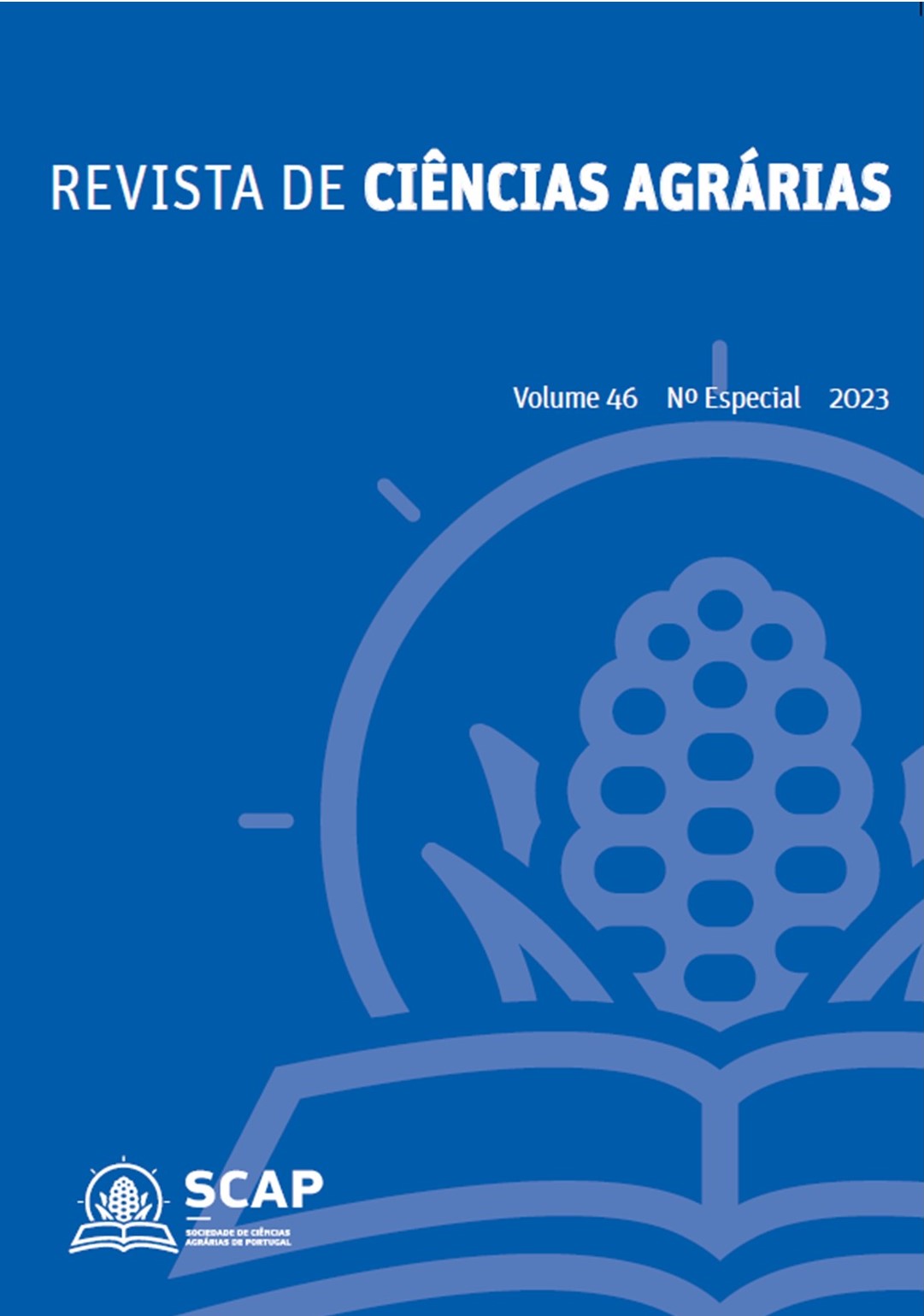Prediction of soil organic carbon using colorimetric parameters: an example in Leptosols (NE Portugal)
DOI:
https://doi.org/10.19084/rca.33468Abstract
Evaluate the soil organic carbon (SOC) is extremely important to estimate the risk of desertification in Mediterranean region. Traditionally, SOC content is related to improvement of soil C storage and the associated benefits for the ecosystem services, such as water holding capacity, nutrients release and heavy metal immobilization. However, alternative techniques have been widely developed in order to obtain a more accurate quantification of SOC related to soil spectroscopic parameters. This work aimed to identify quantitative relationships between the SOC content, obtained by the Walkley-Black conventional analytical method, the “observed” color parameters of Munsell chart (hue, value and chroma) in representative soils of the Trás-os-Montes region (NE Portugal): Leptosols, which were divided in two sets, in soil-type I were applied three composts (A, B and C) made of in different concentrations of olive pomace (OP), with doses of 12 ton/ha (38 g C/m2), as well as the OP itself and in the soil-type II were applied four composts of OP (A, B, C and D) with three different dosages (10, 20 and 40 ton/ha). The results showed a strong statistical relationship between the value (h) parameter of the Munsell chart and the SOC for both soil-types (r2=0.73 and r2=0.57, respectively), which indicates that it is a fast-to-acquire and low-cost technique reachable for SOC prediction for Leptosols.


